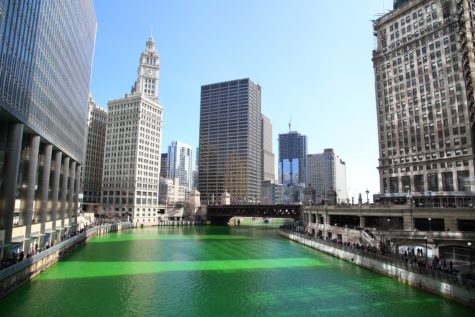The History of St. Patrick’s Day

March 9, 2023
St. Patrick’s Day is a cultural and religious celebration held on March 17th. It observes the death of St. Patrick, the patron of Ireland. The holiday has evolved into a celebration of Irish culture with parades, special foods, music, dancing, drinking, and wearing a lot of green.
The history of the day, however, dates back hundreds of years and our modern observation is vastly different from the St. Patrick’s Day celebrations of yore. Saint Patrick is known for spreading Christianity throughout Ireland during the fifth century. He lived a typical human life, but legends about the saint developed until the 7th century. One of the most famous legends about him involves a shamrock. The story goes that Saint Patrick used a shamrock to explain the concept of the Holy Trinity-Father, Son, and the Holy Spirit. Irish people were already observing specific traditions on St. Patrick’s Day around the 10th century, but the first official feast day in the saint’s honor took place in 1631 when he was added to the Roman Catholic calendar. The first celebration was more religious than uproarious, with the law requiring Irish Pubs to be closed.
St. Patrick’s Day was originally celebrated in Ireland with religious services and feasts in honor of St. Patrick. Immigrants from Ireland brought the feast day and its celebrations to the United States in the early 1800s. As the feast developed in the US wearing green clothes became common on St. Patrick’s Day. It was a symbol that Irish Americans used to honor their heritage and seems to have stuck. One of the traditions is that people eat a lot of corned beef, cabbage, and bacon! In Chicago they celebrate by turning the Chicago River green.

Another tradition is rock Shamrocks because they’re staples of St. Patrick’s Day décor and dress. People start looking for leprechauns because some tales assert that if you follow the tap of their cobbler’s hammers. Pinching someone who isn’t wearing green is probably the most well-known tradition, but we do it because green makes you invincible to leprechauns.
